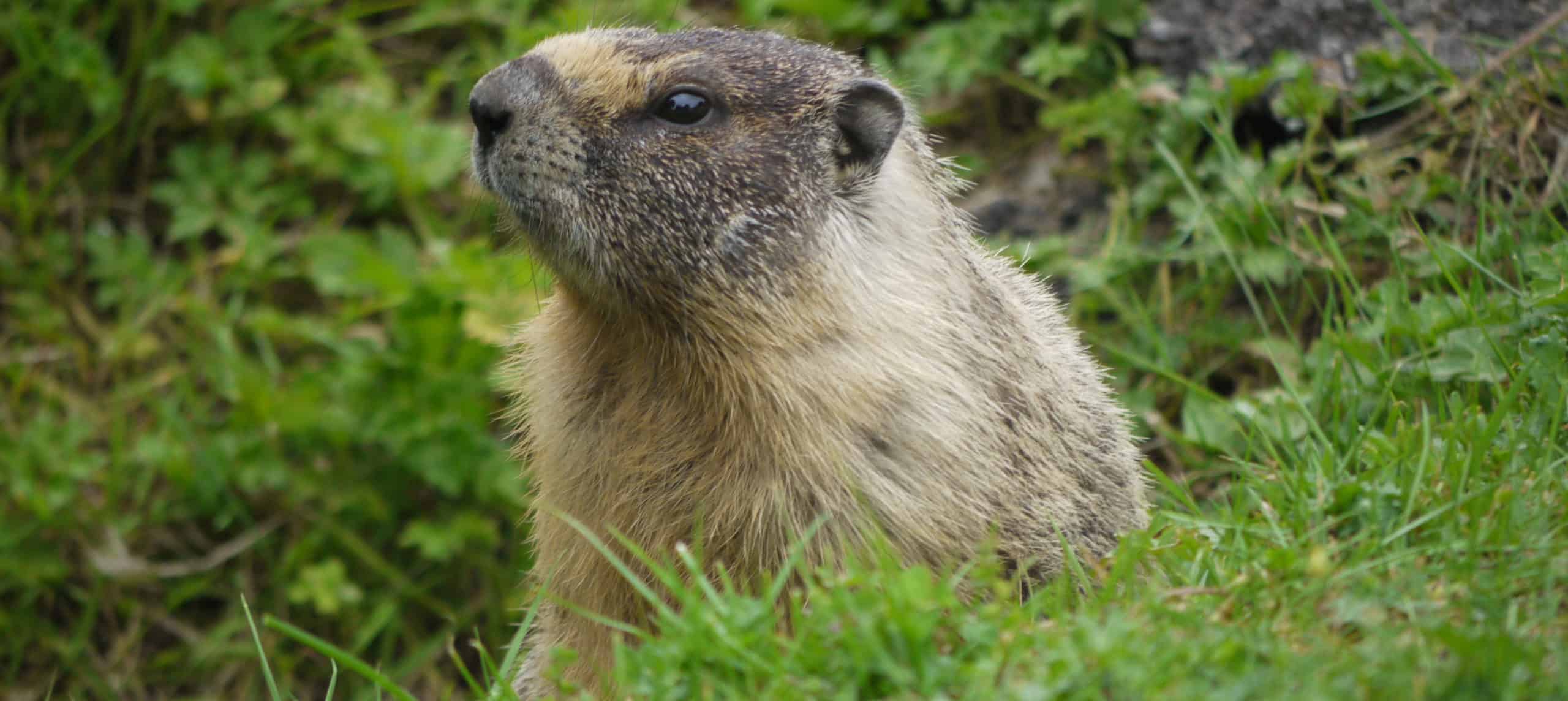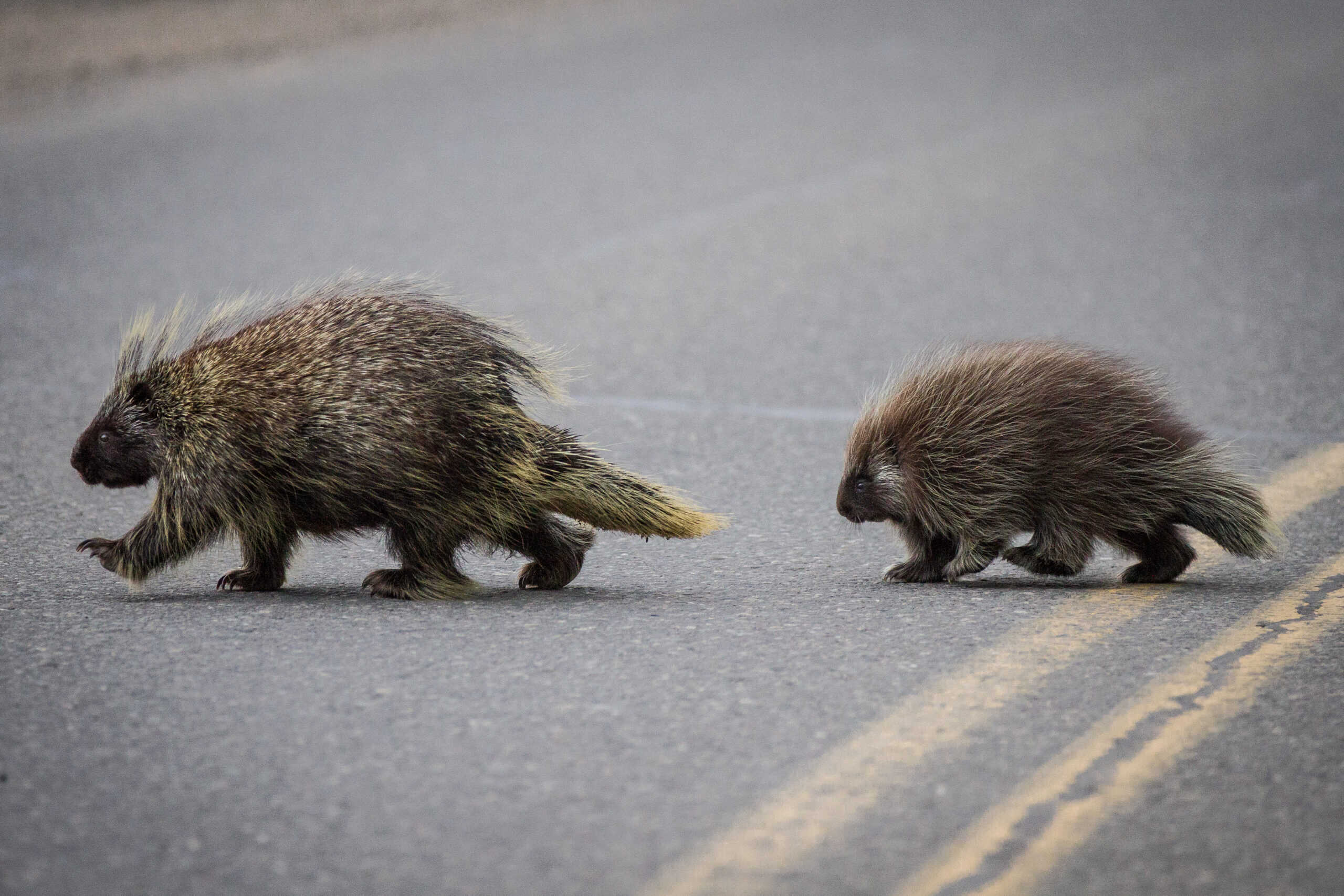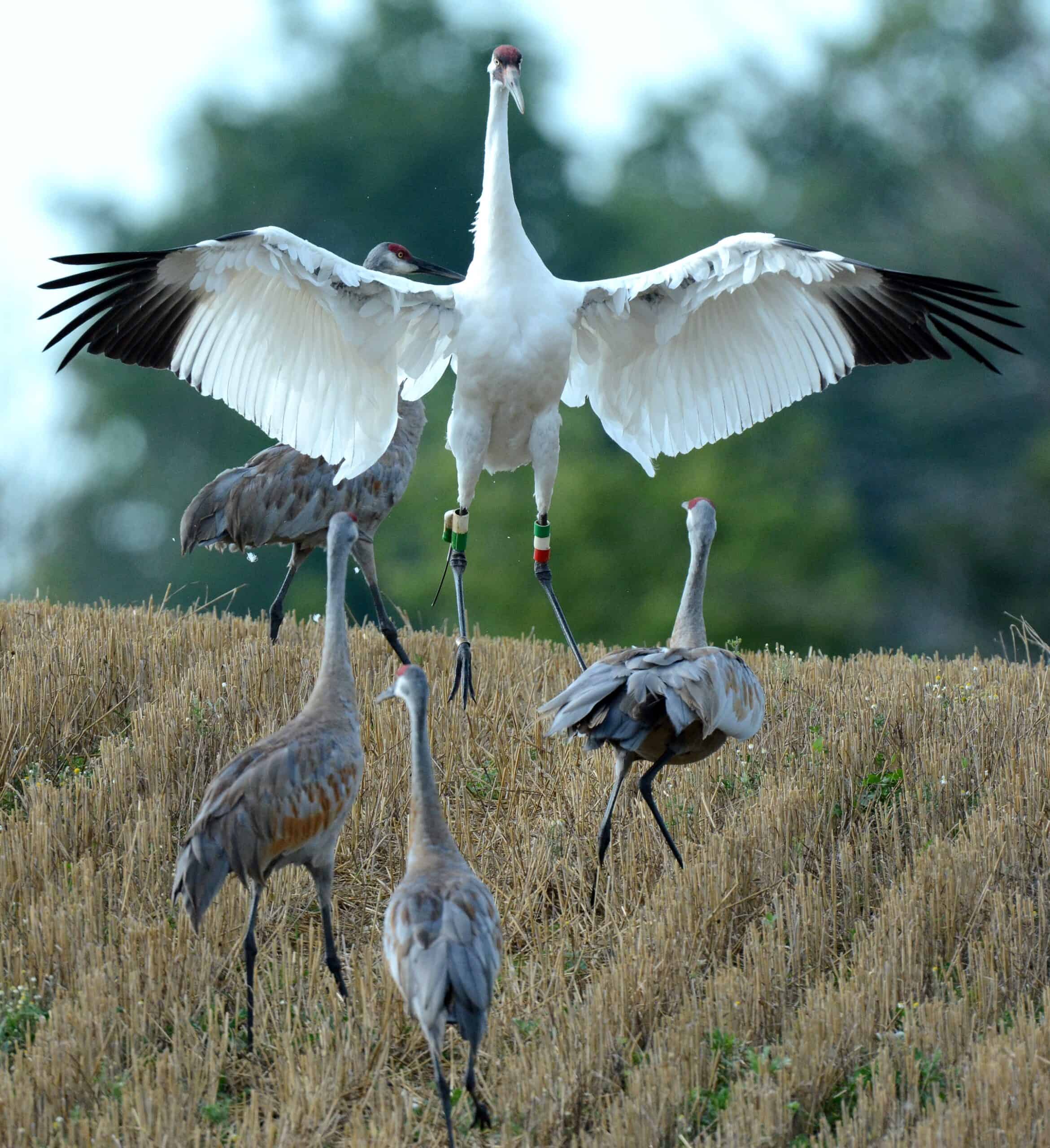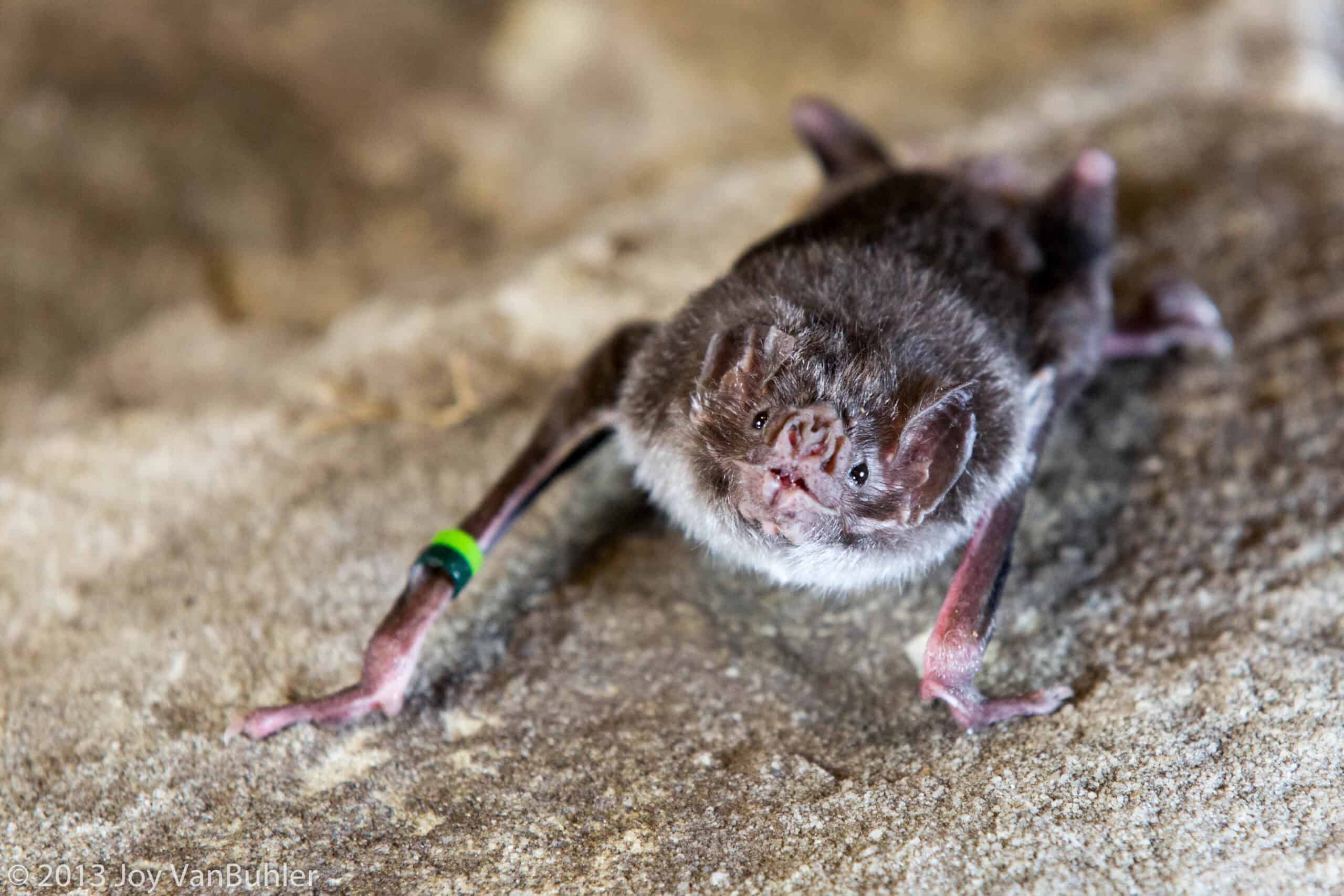Share this article
Researchers seek fuller look at climate change and mammals
Lots of studies look at how climate change may impact a certain aspect of a mammal’s lifecycle, but a team of researchers say we need to start looking at the bigger picture. They’re calling for biologists to look at how a changing climate impacts the entire lifecycle of mammals — and other taxa — around the world.
“It’s becoming more and more evident that while climate is affecting many, many species, these effects are complex,” said Maria Paniw, a research fellow with the University of Zurich.
She and her colleagues looked at researchers’ papers on mammals and climate change from around the world to see what they focused on. She led a review published in the Journal of Animal Ecology that combed through literature on 5,728 terrestrial mammal species to see if the effects on these species were being thoroughly studied.
Out of the studies they found that looked quantitatively at the impacts of climate change on mammals, only 106 studies looked at both survival and reproduction. Those studies involved just 87 species — less than 1% of all terrestrial mammals that turned up in their review. “To our surprise, very few studies looked at several vital rates simultaneously,” Paniw said.
That could be a problem, she said, because if the studies don’t consider entire lifecycles, they may not account for how species are adapting to changing conditions. A study may show adult survival declines, Paniw said, but it may not see the species compensating by adopting other responses that increase reproduction. Yellow-bellied marmots (Marmota flaviventris), for example, have started to adapt to climate change by becoming bigger, she said, helping them survive better.
Other species may respond to climate change in other ways. For some, higher temperatures could decrease offspring numbers, but those fewer offspring may have less competition and better survival. For others, entire lifecycles could be negatively affected. But if a study looks at only reproduction or only adult survival, it may not provide the entire picture, Paniw said.
She and her colleagues also noticed that species that were in areas most impacted by climate change were studied less. The lack of research may be because ecological studies in these areas are often underfunded, she said. The added cost of long-term research makes lifecycle studies even harder to conduct, she said, but they are important to get a fuller picture of the impacts of climate change. “For many species, like in the tropics where there’s high biodiversity and habitat degradation, climate change can be the final nail in the coffin,” Paniw said.
She would like to see more long-term research into the effects of climate change, especially in areas where its effects are already being noticed.
“I think there also are many long-term research initiatives that could just be adjusted to look at responses across the entire lifecycle,” she said.
Header Image: Yellow-bellied marmots are responding to climate change by getting bigger. Credit: Mike








